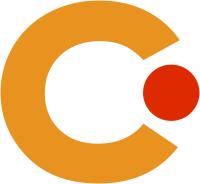Technologies for Social Augmentations in User-Embodied Virtual Reality
(November 2019)DOI: https://doi.org/10.1145/3359996.3364269
Abstract
Technologies for Virtual, Mixed, and Augmented Reality (VR, MR, and AR) allow to artificially augment social interactions and thus to go beyond what is possible in real life. Motivations for the use of social augmentations are manifold, for example, to synthesize behavior when sensory input is missing, to provide additional affordances
in shared environments, or to support inclusion and training of individuals with social communication disorders. We review and categorize augmentation approaches and propose a software architecture based on four data layers. Three components further handle the status analysis, the modification, and the blending of behaviors. We present a prototype (injectX) that supports behavior tracking (body motion, eye gaze, and facial expressions from the lower face), status analysis, decision-making, augmentation, and behavior blending in immersive interactions. Along with a critical reflection, we consider further technical and ethical aspects.




